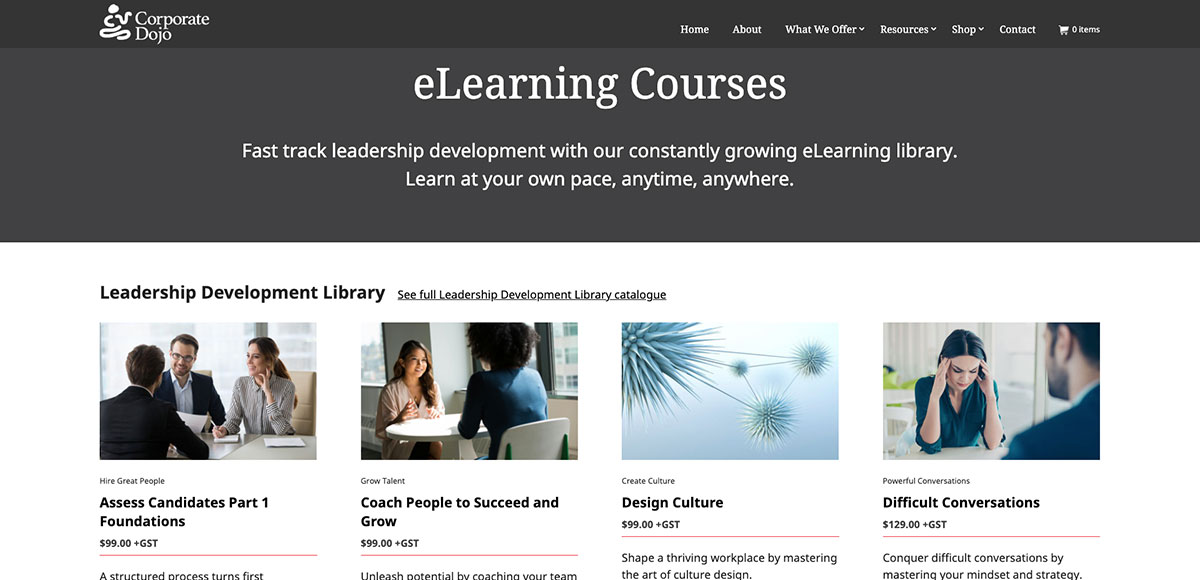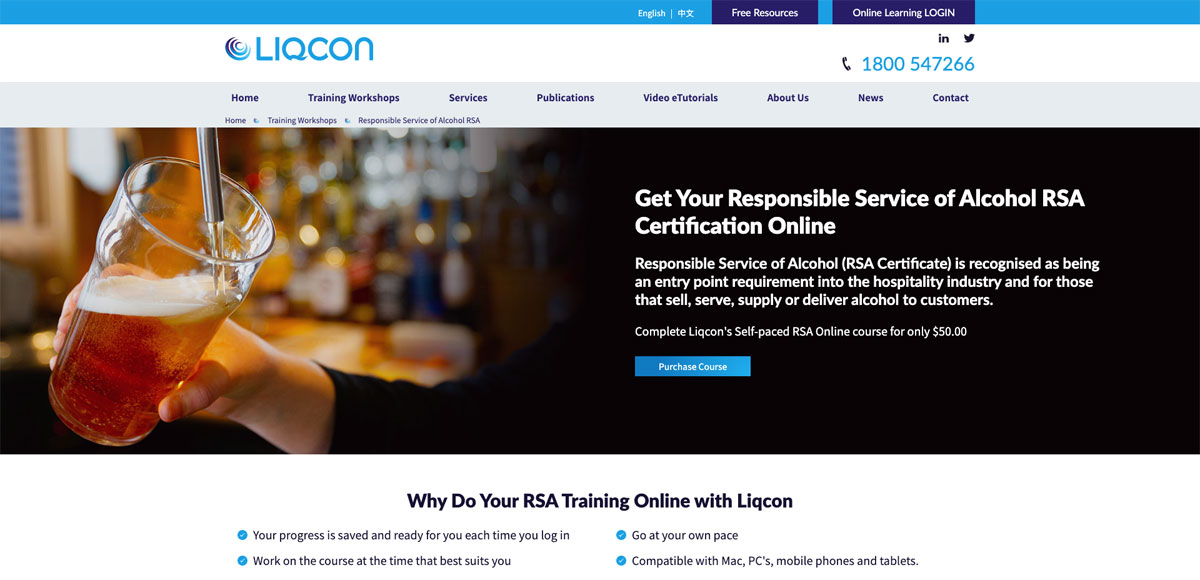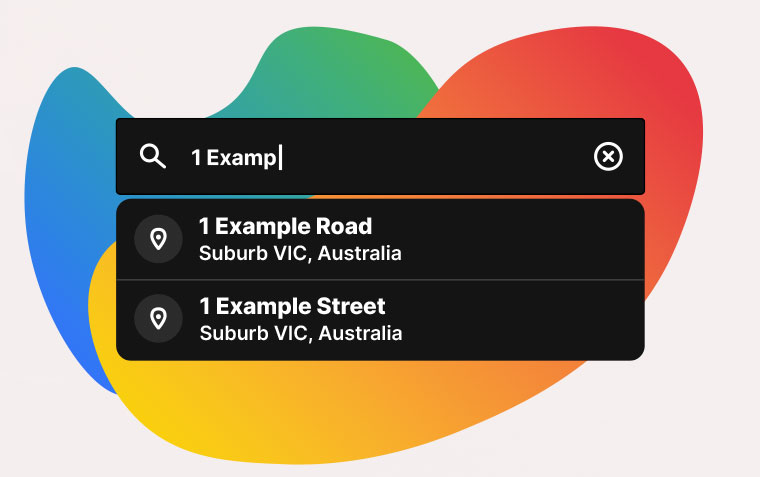A Guide to Selling Classes Online

Online learning has been growing in popularity over recent years as people look to upskill and acquire new knowledge. Pre-recorded lessons are the most common way this is achieved and can be found both for free on platforms like YouTube, or paid on sites like Skillshare or directly from the lesson provider. It’s the most convenient way for students to “attend” a class and allows you to front-load much of the work involved in teaching.
This guide steps you through the process of setting up your own online lessons so you and your potential students can reap the benefits.
Step 1: Define Your Niche & Target Audience
When figuring out your niche, think about your area of expertise. If you’ve been in your industry for several years, you’ll have specialist knowledge that you’ve built over time.
The trick is to consider which knowledge you take for granted – the things you now know like the back of your hand but once had to learn through study or trial and error.
Your target market can be defined by skill level as well as the types of jobs or roles your students have. Also, consider what goals or pain-points your ideal student might have.
Ask yourself:
- Do you want to cater to beginners, or those with some existing skill?
- Are your classes for corporate professionals or more hands-on industries such as trades or hospitality?
- Is your target market people looking to enter an industry, or those wanting to expand their current expertise?
Step 2: Create & Structure Your Course Content
Once you know who you want to teach you need to build the what – your lessons and any accompanying materials. But first, you need to plan what you’re building to ensure a clear and consistent goal.
When outlining your structure, start by writing down all your ideas and the lessons you want to include.
Then consider:
- Do any lessons build on others? Make sure these come later in the schedule.
- Would any lessons benefit from a hands-on project that students can follow along with? Create downloadable materials they can access as they watch.
- Do the classes need to provide accreditation at the end? If so, plan questions or a test that students will need to complete.
We recommend putting your lesson structure in a table with the name, a short synopsis, and any additional materials required. This makes it easier to visualise the order of lessons and adjust as needed.
Step 3: Select the Right Platform
You can choose to sell your classes via your own website, giving you maximum control, or through a marketplace that already has a large user base.
Selling via your own website
If you host online learning on your own website, it can be customised to your needs, including control over:
- Pricing
- What documents or materials are uploaded
- Layout
- Linking with accreditation agencies
The trade-off for this level of control is that you’re responsible for every aspect. You’ll need to invest more time into your content, marketing, and branding than you would with a marketplace.
Sell directly through your website with an eCommerce system that automates the students' set up.
Using a lesson marketplace
Marketplaces like Skillshare can be useful because they already have a structure in place. They can:
- Provide a ready-made framework
- Put your classes in front of their existing audience
- Pay you through a royalties model each month
The downside of marketplaces is that you’re competing directly with many other creators. You’ll need to focus on SEO and make your lessons stand out.
Using a free platform
Free platforms such as YouTube or social media aren’t ideal for complete lessons but can form part of your marketing strategy or help you build confidence in creating video content.
Step 4: Set Your Pricing Strategy
Your pricing strategy should include:
- The price you charge
- The pricing model you use
- Your policy on discounts designed to attract students
The price you charge
When deciding on pricing, research your competitors within your niche. Compare the value you offer with others and consider the standard market rate.
The pricing model you use
Subscription models are popular because they offer users a lower upfront cost and provide you with a steady income stream. This works well when you have a larger library of lessons.
Alternatively, a one-time payment gives students lifetime access and can be ideal if you only have one or two classes to sell.
Your policy on discounts
Decide whether to include discounts or free trial periods. These can attract hesitant students. If you plan to use discounts, factor them into your pricing so you still make a profit when offering reduced rates.
Step 5: Build Your Online Presence & Brand
Whether you sell through a marketplace or directly from your website, you need to establish yourself as an authority in your subject. Strengthen your social media presence, create a website or landing page for your lessons, gather testimonials and case studies, and build a strong, consistent brand.
Step 6: Market Your Classes Effectively
Once your lessons are ready to purchase, start spreading the word. There are four main modern marketing strategies:
Content marketing
Create content about your lessons or related topics and link back to them.
- Blogs help you expand your content library and boost SEO.
- Video content such as short tutorials allows students to sample your teaching style.
- Podcasts (guest or your own) give you a platform to share insights and connect with your audience.
If contributing to external sources, choose platforms aligned with your values and relevant to your target market.
Social media strategies
Each social media platform has a different audience and purpose, so tailor your content accordingly.
- LinkedIn – great for professional and industry discussions, positioning yourself as a thought leader.
- Facebook – excellent for community building through Groups and for broad reach.
- Instagram – ideal for sharing short visual tutorials and class highlights.
- TikTok – perfect for short-form video introductions and quick tips.
- YouTube – suited for both short and long-form content, providing a space for in-depth lessons or previews.
Email marketing & community
Start building your email list even before your classes launch. Create a simple landing page where people can sign up for updates. Maintain a consistent email schedule that’s sustainable for you.
You can also create exclusive groups on Facebook or Discord for students or interested followers. These communities foster engagement and a sense of belonging. Make sure to moderate discussions to keep the space positive and safe.
Partnerships and collaborations
Collaborate with creators or influencers who align with your message. Appear in each other’s content or co-create material to reach new audiences.
Step 7: Deliver a Great Student Experience
Once students purchase your classes, ensure they have an excellent experience. Minimise issues and meet (or exceed) the expectations you’ve set.
Tips to do this include:
- Easy access to online classes
- Providing downloadable resources or practical files
- Ensuring high-quality video and sound
- Offering transcripts or subtitles for accessibility
- Keeping community discussions positive and relevant
Step 8: Gather Feedback & Improve
After students complete your lessons, ask for feedback on their experience. Learn what worked, what didn’t, and what they’d like added.
Negative feedback helps you identify areas for improvement, while positive feedback highlights what to feature in your marketing as social proof.
One of the best things about online classes is that you can continually refine and improve them.
Examples of Online Classes
Corporate Dojo offers online classes focused on professional development. Lessons can be purchased individually or accessed via subscription. Each includes a series of videos and multiple-choice questions in a fully automated system, allowing them to scale their library efficiently.

Liqcon provides RSA certification entirely online. Due to legal requirements, the class includes validation checks and multiple components such as quizzes, video uploads, and written responses. Facilitators are notified by email when student submissions are ready for review and can then mark them as pass or fail.

*****
If you have specialist knowledge in a subject, setting up online classes can be an effective way to share it. In this guide, we covered how to define your niche, plan your lessons, choose a platform, and grow your student base.
If you'd like to start selling lessons through your website, contact us today to discuss how we can help you get set up.




